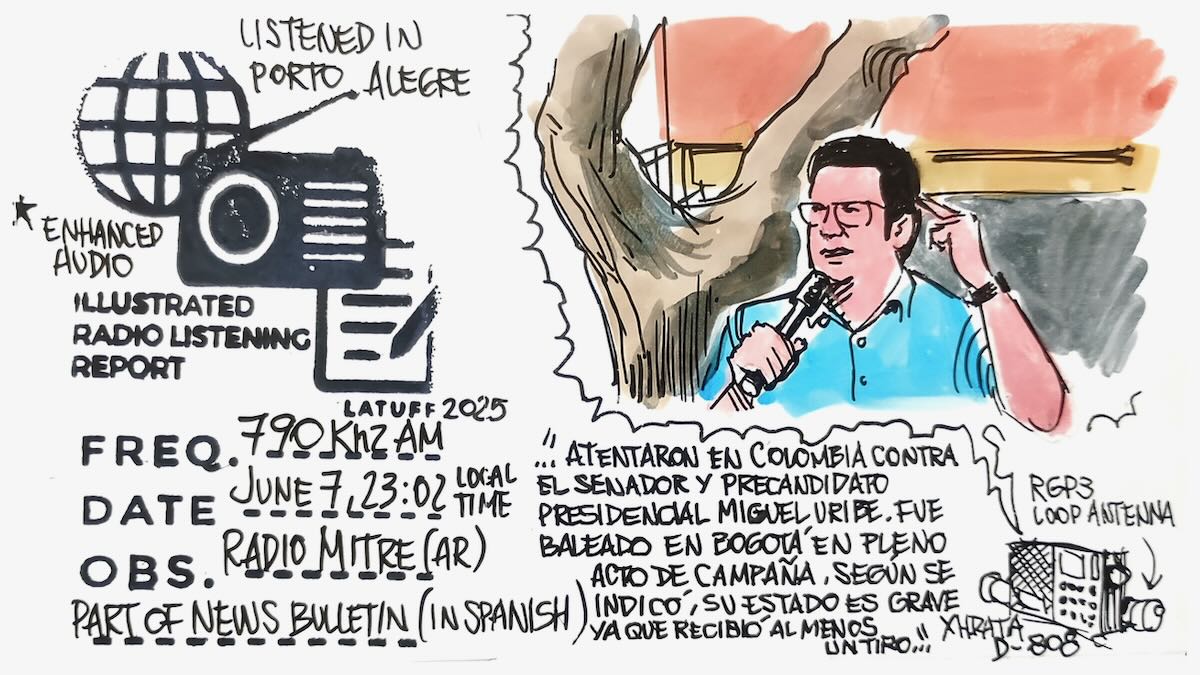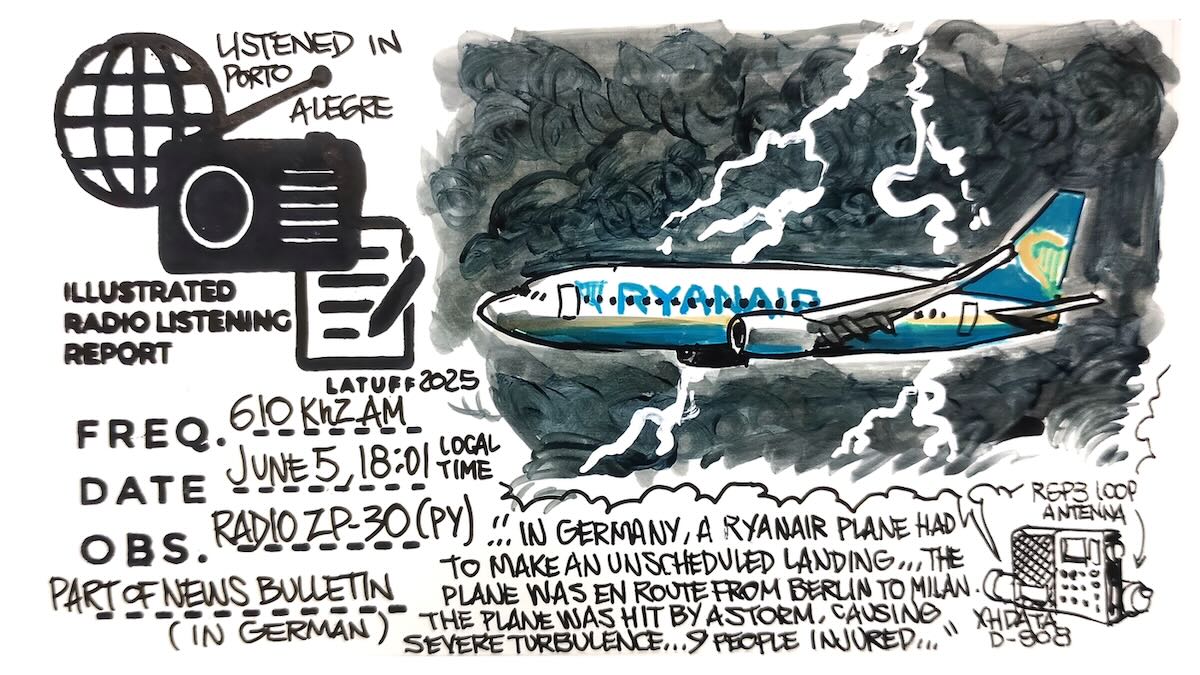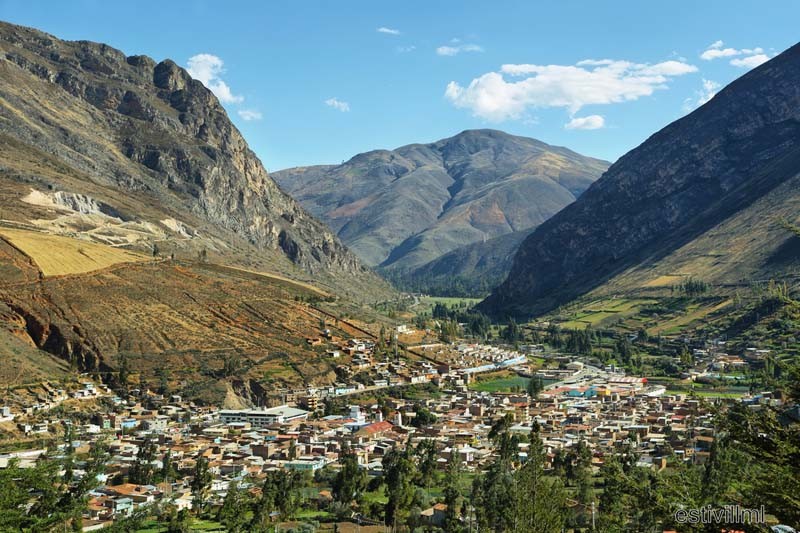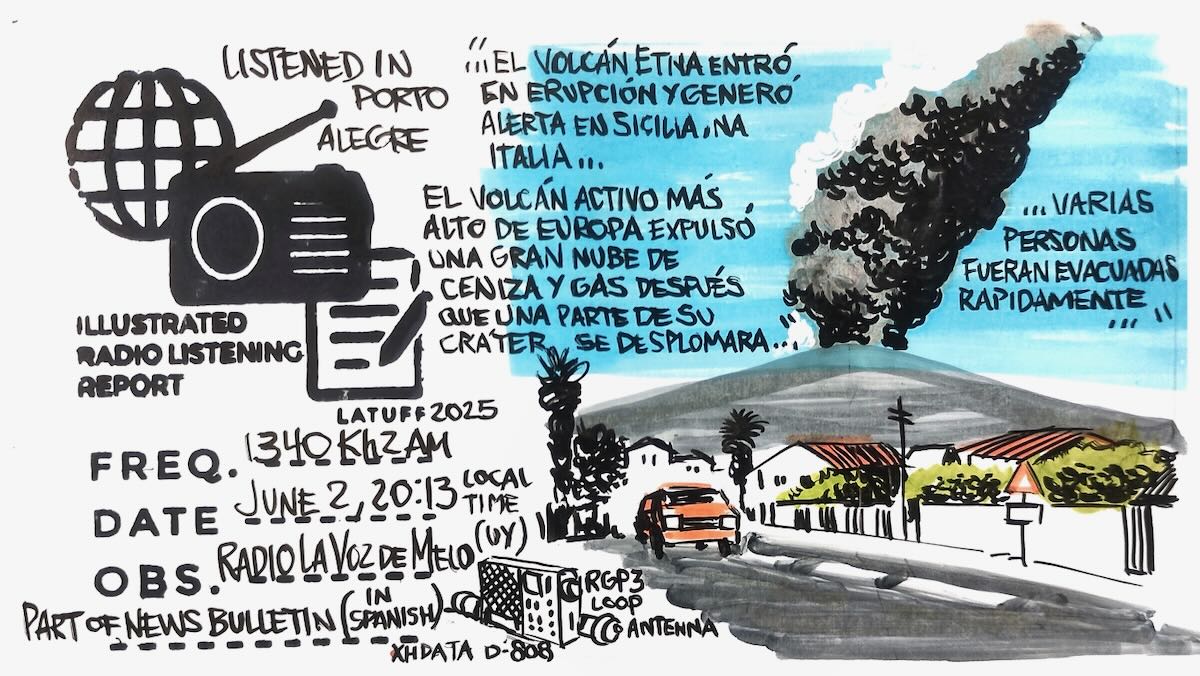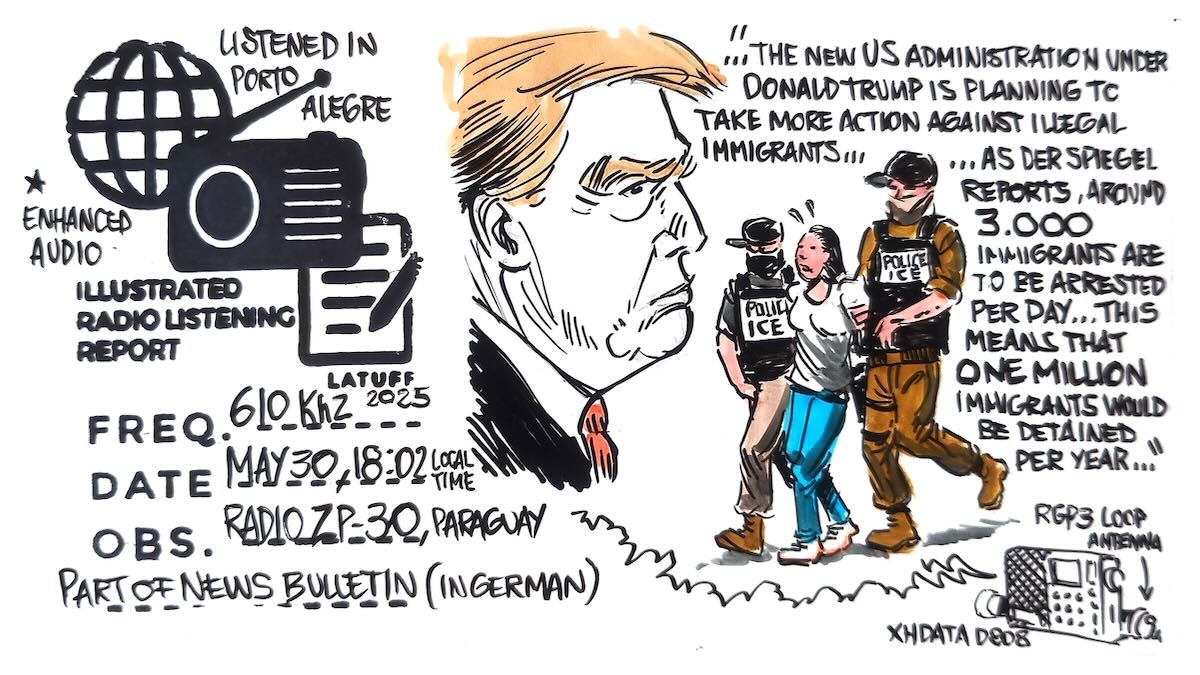 Our good friend and longtime contributor Don Moore has just updated his extensive SDR recordings archive with new files from his recent travels in South America. These latest recordings—captured in Peru (February) and southern Brazil (May)—are now available to explore and download.
Our good friend and longtime contributor Don Moore has just updated his extensive SDR recordings archive with new files from his recent travels in South America. These latest recordings—captured in Peru (February) and southern Brazil (May)—are now available to explore and download.
Don writes:
I have a webpage where most of the SDR recordings from my travels are available for download. I just added files made in Peru in February and in the far south of Brazil in May. This archive is mostly medium wave. I hope they give other DXers a chance to hear what the dial sounds like in other parts of the world. They could also be useful as a way to compare possible IDs, ads, and other programming with what you hear in your own DXing.
You can browse and download the recordings directly via Don’s archive here:
https://www.donmooredxer.com/logs/loglinks.html
Many thanks, Don, for sharing these with the SWLing Post community!

